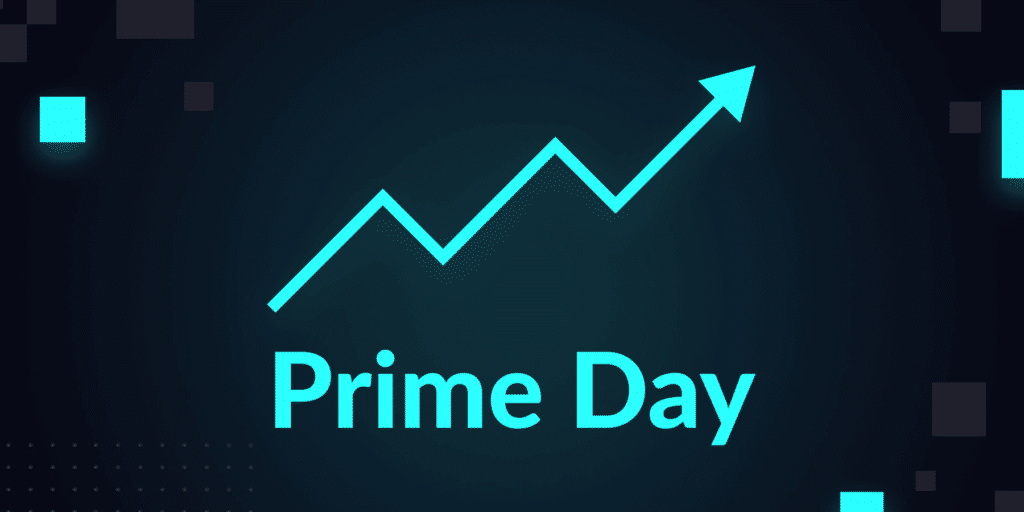How do you sell to international shoppers on Amazon? Once your product has started to gain a footing in your home market, you’re naturally going to want to start looking for opportunities abroad.
If you want to sell to international shoppers on Amazon, there’s good and bad news. The good news: Amazon offers many different ways to sell internationally. These options range in difficulty, based on how big your brand is and how much you’re willing to invest upfront.
The bad news: Either you’re going to have to sink a lot of time into forging international logistics partnerships, or you’ll give up a fair amount of control by using Amazon’s pre-built international sales channels.
We’ll break it all down below.
Please note: For the sake of this article, we are going to focus on selling internationally from a U.S.-based Amazon account. There are many other resources out there depending on the country from which you are based. European sellers, for instance, can take advantage of the Pan-European FBA to maximize their reach.
What does it mean to sell to international shoppers on Amazon?
First, let’s get through the basics. “Selling internationally” is actually a bit of a nebulous concept. You can sell to international shoppers by listing your products on Amazon.com and then just offering shipping across multiple countries.
Or you can set up distinct product pages on every unique Amazon country site, like Amazon.de or Amazon.co.uk, and sell abroad that way.
How do you list your product on multiple country sites?
If you want your product to appear on country-specific Amazon sites, then you have two options. The most time-consuming route is to create separate seller accounts for every international Amazon site. Then, localize your product content and titles, pick a price, and list it on all of those international marketplaces.
To speed up the process, you can use Amazon’s Global Selling program. Amazon’s Global Selling program automatically lists your product on Amazon’s different international marketplaces.
If you’re in North America or Europe, you can use the same seller account to distribute your products to other countries. No need to pay any extra fees to Amazon. (That said, you’ll still be on the hook for VAT and other business license costs.)
Can I ship to international shoppers if I list my product on Amazon.com?
You can sell to international customers from Amazon.com, too. If you want to just test international sales, without investing in locally specific product pages, Amazon has a program for you.
It’s called FBA Export. Using FBA Export, Amazon will ship your product anywhere in the world from a US-based FBA warehouse. Amazon handles the shipping and the import duties and taxes.
The problem is, while you don’t pay these additional costs of international shipping, your customer does. That means products bought through FBA Export will be very expensive for shoppers abroad. That will likely limit your sales.
What is Amazon Remote Fulfillment with FBA?
Want to sell your product in other countries and still be eligible for Prime shipping? Normally, you’re going to have to manually ship your products to the FBA warehouse that is local to those countries.
But if you enroll in FBA Export, you’ll also be automatically enrolled in Amazon Remote Fulfillment. This program is also only available to sellers in the U.S., and it’s only open in three markets: Canada, Mexico, and Brazil.
In Amazon Remote Fulfillment, Amazon takes full control of the process. When you enroll in Remote Fulfillment with FBA, Amazon automatically builds your page on its international stores, adjusts your price into that country, and then handles the shipping of your products abroad.
You don’t even have to ship your products to international FBA warehouses. Keep them in your US FBA warehouses, and Amazon will do the transfer for you.
The benefit is that Amazon handles everything—the export and import, the fulfillment, the customer support, and so on. You don’t even have to file taxes outside of the U.S.
The downside is that Amazon raises the price of your product significantly to account for the international shipping costs. So your product will be quite expensive to end customers.
What if I want to retain more control of my international markets?
Remote fulfillment is best for sellers that don’t have much infrastructure abroad—no partners, no warehouses—and aren’t yet ready to invest in building out an international presence.
But while Amazon makes it easy to ship your products internationally, that’s only half the battle. When you go through Amazon’s international shipping apparatus, you’ll pass the extra import and shipping costs to your customers. It’ll be expensive for anyone to buy from you.
What if you want to offer your international customers the same high-quality content, shipping, and pricing that you offer in the U.S.? In that case, you need to build out your own shipping and fulfillment partners in each country.
But there are a lot of logistics and fixed-costs associated with international expansion. In Europe, for example, you’ll need to be ready to deal with VAT charges. You also need to:
- Anticipate import and export charges
- Pay taxes in each country
- Find a third-party shipping and warehousing partner
- Set up product pages that are written well in the local language
Managing all of these moving parts requires having a big, sophisticated operation. Be sure you are ready.
How do I manage currency conversions?
One of the frustrating parts of selling internationally on Amazon is that all of your data will come back in pieces. If you have multiple seller accounts across different countries, for instance, you have to download your reports from each account separately. Then, you have to sink a ton of time into combining them together.
No matter how you choose to approach international sales, you’re also going to have to find a way to unify your data. Your ad revenue figures will come back in a bunch of different currencies, for example. It’s a ton of work to combine them.
One of the benefits of Intentwise Analytics Cloud is that we can handle these conversions for you. We break out your performance country by country, in an easy, automatic view, and we automatically convert all of the currencies for you.
Your data is easy to look at—and you don’t need to lift a finger.







